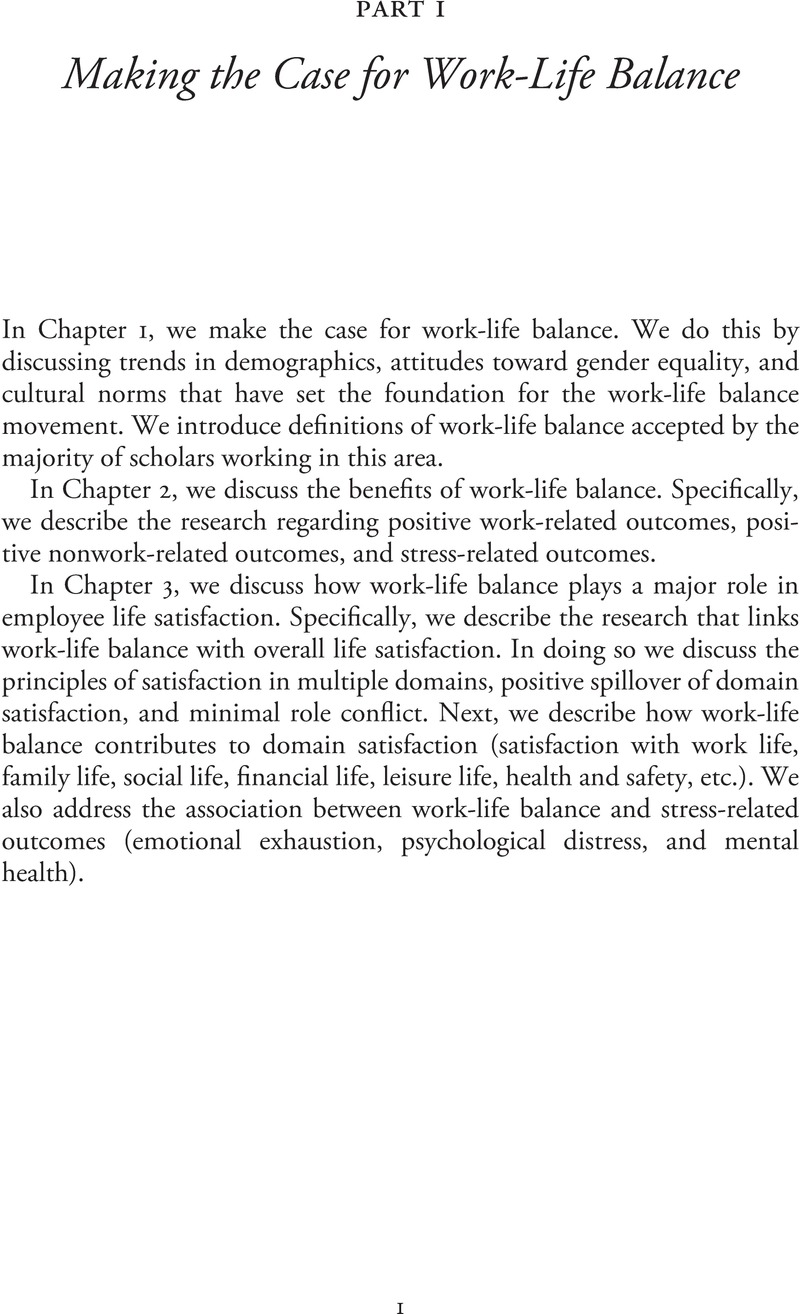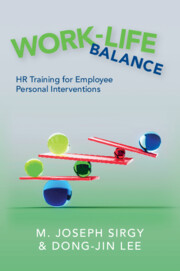Part I - Making the Case for Work-Life Balance
Published online by Cambridge University Press: 19 January 2023
Summary

- Type
- Chapter
- Information
- Work-Life BalanceHR Training for Employee Personal Interventions, pp. 1 - 38Publisher: Cambridge University PressPrint publication year: 2023



